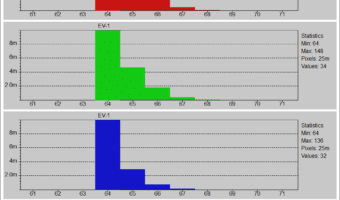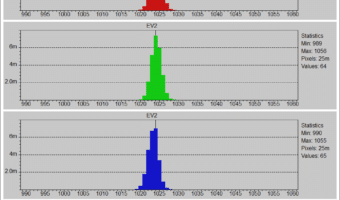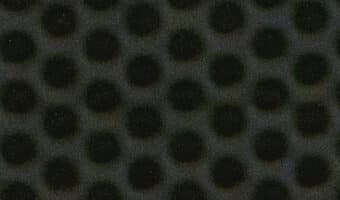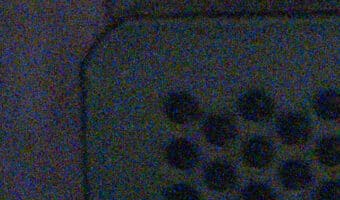This is the 22nd post in a series of tests of the Fujifilm GFX 100, Mark II. You can find all the posts in this series by going to the Categories pane in the right hand panel and clicking on “GFX 100 II”. I normally do dark-field histograms first when I test cameras. With the… [Read More]
Fujifilm GFX 100 II precision in CH shutter mode
This is the 21st post in a series of tests of the Fujifilm GFX 100, Mark II. You can find all the posts in this series by going to the Categories pane in the right hand panel and clicking on “GFX 100 II”. I’ve been asked how sure I am that the Fujifilm GFX 100… [Read More]
GFX 100 II, X2D — blur and distortion with IBIS and ES
This is the 20th post in a series of tests of the Fujifilm GFX 100, Mark II. You can find all the posts in this series by going to the Categories pane in the right hand panel and clicking on “GFX 100 II”. Some have been complaining of blur and distortion when using in-body image… [Read More]
X2D, GFX 100 II base ISO visual shadow noise
This is the nineteenth post in a series of tests of the Fujifilm GFX 100, Mark II. You can find all the posts in this series by going to the Categories pane in the right hand panel and clicking on “GFX 100 II”. I’ve been asked to do a visual shadow noise test with the… [Read More]
Fujifilm GFX 100 II — ISOlessness at high ISO settings
This is the eighteenth post in a series of tests of the Fujifilm GFX 100, Mark II. You can find all the posts in this series by going to the Categories pane in the right hand panel and clicking on “GFX 100 II”. In the previous post, I looked at the visual shadow noise of… [Read More]
- « Previous Page
- 1
- …
- 3
- 4
- 5
- 6
- 7
- …
- 9
- Next Page »




